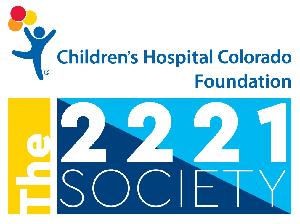
Diffuse intrinsic pontine glioma, or DIPG, is a rare, highly aggressive brain tumor that occurs in children, typically between the ages of 5 and 9. Because it grows in the brainstem, which controls the body’s most vital functions, DIPG cannot be operated on. Radiation gives children additional months with their families, but there is no cure. Each year, 300 kids in the U.S. receive this heartbreaking, fatal diagnosis. Most children are given a life expectancy of no more than a year. The terminal nature of DIPG is devastating. Over the past four decades, survival rates for many other cancers have risen dramatically. The cure rate for leukemia, for example, has increased from 11% to 91%. DIPG has remained one of the only pediatric cancers in the world for which zero progress has been made. Until now.
In the past, scientists and pharmaceutical companies have tried various approaches to treating DIPG, usually focused on interrupting the tumor’s growth with small-molecule inhibitors. Unfortunately, these attempts, including more than 200 clinical trials, have not succeeded. The tumor is complex; its biology was not sufficiently understood. But now, after years of studying DIPG—how the tumor works and what the mutation does at its most basic cellular level—Rajeev Vibhakar, MD, Sujatha Venkataraman, PhD, and their team of brain tumor researchers have developed an antibody that targets DIPG in a highly effective way.
How We’ll Get There
Unlike past approaches, this antibody, called 10D1, can harness a child’s immune system to fight their tumor. It was created with a deeper, more nuanced understanding of the tumor’s makeup.
The results of our research have been groundbreaking. In animal trials, mice that once quickly succumbed to DIPG began living into old age. At minimum, this antibody could double a child’s life expectancy after diagnosis and decrease treatment side effects due to less radiation. At its most successful, this therapy could cure the cancer. Instead of a grave diagnosis—the worst news a parent could hear—children with this tumor would be given the opportunity for a future. Together, we could bring hope to hundreds of families each year.
And the potential “ripple impact” extends even further. This antibody is being considered for use with other rare and treatment-resistant cancers. For kids with cancer around the world, this antibody—and the treatments it will shape—could become one of this generation’s most important breakthroughs. It is imperative to start the first trial of this antibody to prove that it can be successful in children. If it is effective, the possibilities for future applications could reach across the cancer continuum.
2221 Society Fundraising Goal: $750,000
This novel therapeutic is awaiting FDA approval and will change the way we treat DIPG. Once the FDA has approved the therapeutic, our oncology team can begin clinical trials, which typically cost from $3 million to $5 million. While the amount needed in totality is large, an investment of $750,000 by the 2221 Society will allow Dr. Vibhakar and his team to leverage that investment with other private investors and donors to chip away at the immediate need of $2.5 million for initial antibody clinical trials. The 2221 Society’s investment would help push forward a cure for the deadliest childhood cancer and potentially pave a path for curing other previously hard to treat and deadly cancers.
